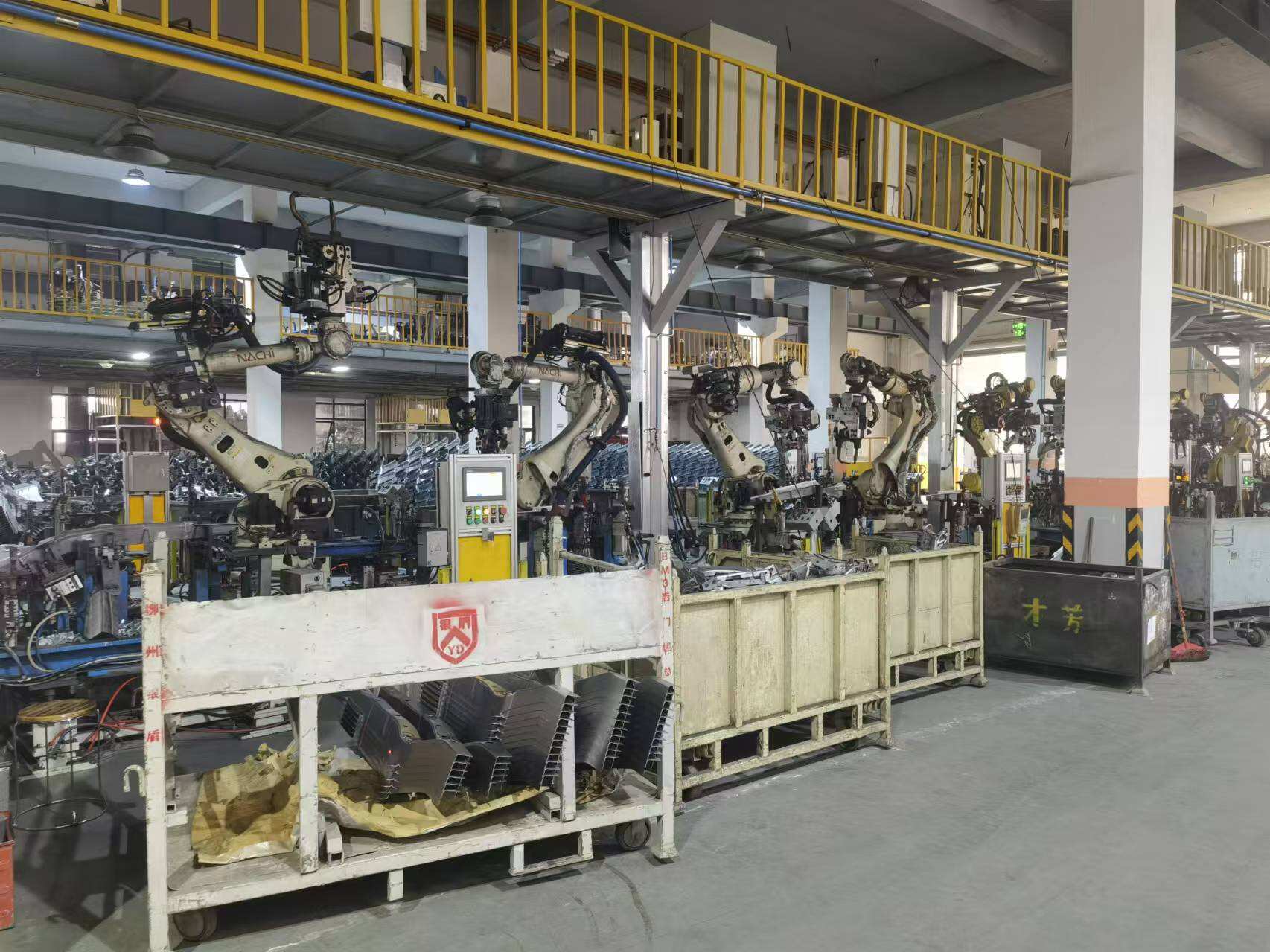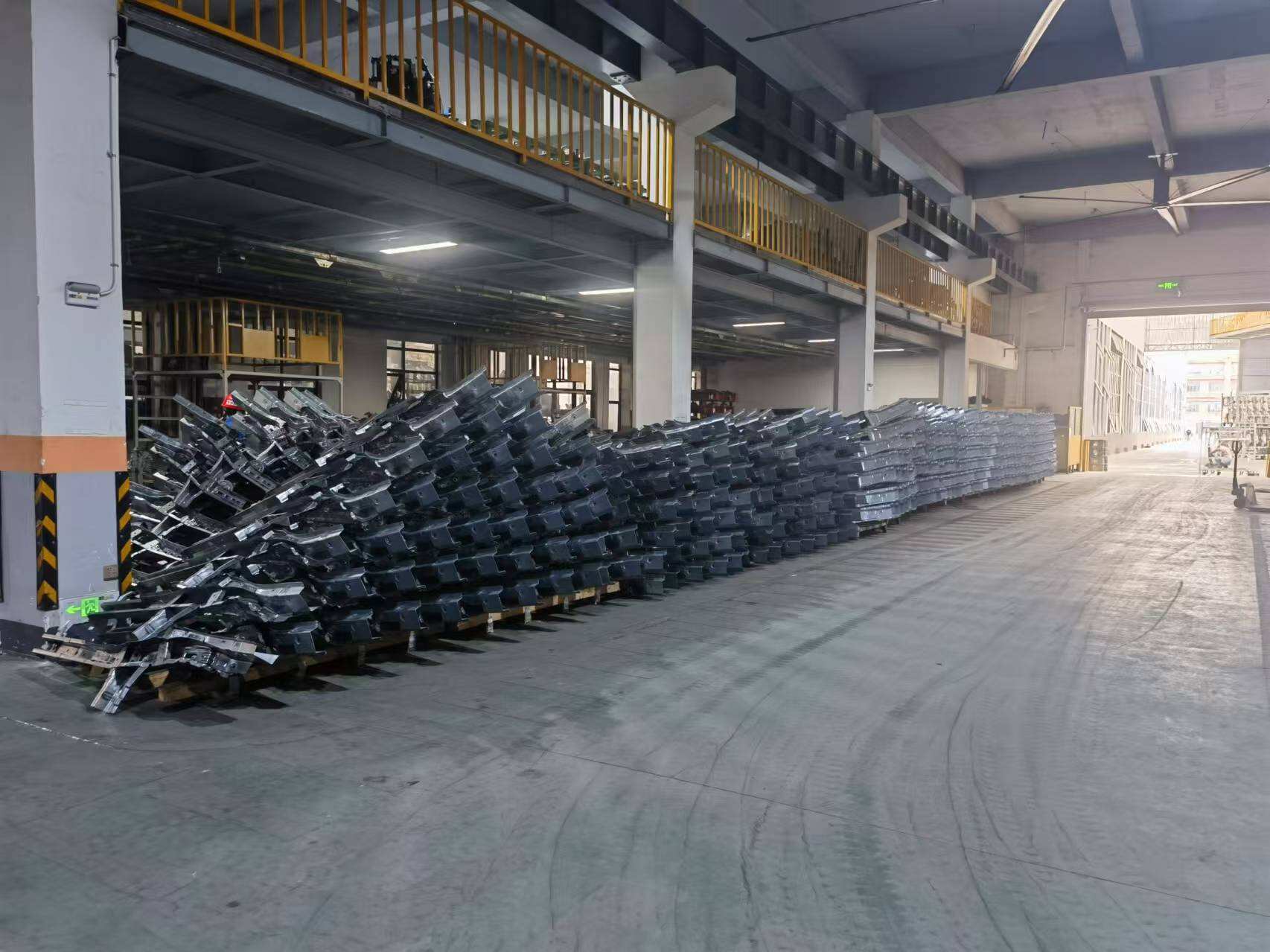Industria automotiva implicata est ecosystematis quae graviter innititur praecisione et qualitate partium parcentium. Processus productionis partium parcentium automotivarum est series graduum adamussim ordinatae et executae destinatae ut singulae componentes signa industriae restrictae occurrant. Articulus hic delineat clavium gradus in productione partium automotivarum parcentium implicatarum. 
1. Design and Development
Primus gradus in productione partium automotivarum parce est ratio et tempus evolutionis. Machinatores et designatores instrumentorum programmatum provectis utantur ut CAD (Computer-Aided Design) ad exempla partium explicanda. Haec igitur exempla pro functionitate, diuturnitate, et cum industriae ordinationes obsequendo resolvuntur. Intentio periodus etiam implicat electionem materiae, quae eligenda est ex parte intenti usus, exsecutio requisita, ac sumptus considerationes.
2. Prototyping
Finito consilio designato, prototypum partis parce creatum est. Prototypum hoc adhibetur ad probandam functionis partem et ad recognoscendas quascumque quaestiones potentiales quae in processu vestibulum oriuntur. Prototyping fieri potest variis modis adhibitis, inter 3D excudendi vel machinis machinis traditis. Prototypum stricte probatum est ut omnibus specificationibus perficiendis occurrat.
3. Material Electio
Materia recta eligens pendet effectus et diuturnitate partis parcens. Materiae eligendae sunt secundum suas mechanicas proprietates, ut vires distrahentes, durabilitatem et resistentiam ad usum et corrosionem. Materiae communes in partibus automotivis parce includunt ferro, aluminium, materia plastica et composita. Delectu processus etiam factores ut sumptus, promptibilitatem et ictum environmental considerat.
4. Vestibulum
Processus fabricationis incipit semel consilium convalescit et materias electae sunt. Hic scaena actualem productionem parcium partium variis technicis fabricandis adhibet, ut abiectio, fabricatio, machinatio, iniectio fingens. Electio methodi fabricandi a multiplicitate partium, in usu materiali, et ex inquisita productione voluminis dependet.
5. Qualitas Imperium
Qualitas moderatio est pars integralis processus productionis. Per singulos scopos qualitates impediuntur ut partes specificationes debitae occurrant. Hoc includit inspectiones visuales, rationes dimensivarum, ac probationes perficiendi. Partes quaelibet signa qualitati non obviae rejiciuntur et vel retractantur vel abraduntur. 
6. Conventus et Integration
Complicatae enim partes parce quae multiplicibus componentibus constant, conventus gradus criticus est. Singulae partes diligenter convenerunt ut integram partem efforment. Hic processus accurationem et attentionem accurationis requirit ut omnia elementa recte cohaereant et pro intento munere fungantur.
7. Packaging and Shipping
Cum partes parce factae sunt et omnes qualitates scelestae transierunt, navigiarum fasciculatae sunt. Fasciculi partes a damno in transitu tueri debent et curare ut ad destinationem in perfecto statu perveniant. Processus naves logistics implicat consilio ut opportune traditio emptori provideatur.
8. Post-Sales Support
Processus productionis cum naviculas non terminatur. Manufacturers subsidia post-venditionem praebere possunt quaestiones electronicas, quae oriri possunt, postquam partes inauguratae sunt. Haec includit officia warantia, subsidia technica et praeparatio partium substitutionis, si opus sit.
Summa
Productio partium automotivarum parce est processus implicatus et valde ordinatus. Singulis statibus, ex consilio ad post-venditionem subsidii, criticum est invigilandi partes ad alta signa quae ab industria automotiva requiruntur. Sicut technologia progredi pergit, processus productionis evolvebit, incorporans novas materias, artes fabricandi, et methodos qualitatis moderandi ut obviam exigentiis mercatus semper mutabilis.
Hic articulus comprehensivam contemplationem praebet processus automotivarum parcium partium productionis, momentum cuiusque scaenae in luce collocandi qualitatem et effectum ultimi operis.